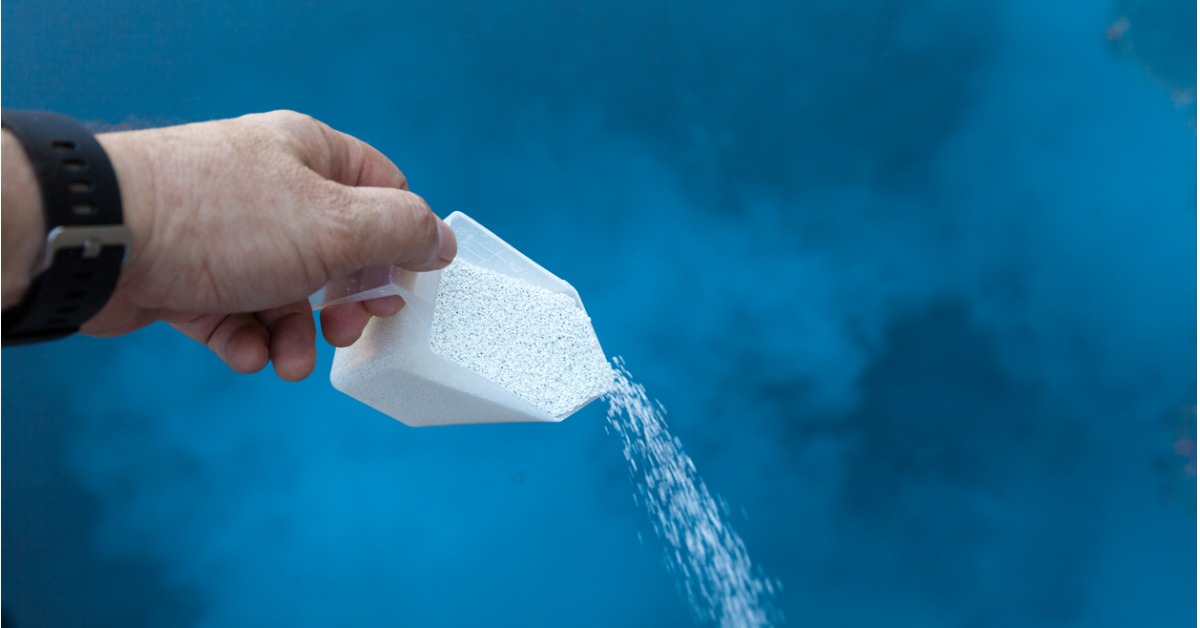
Chlorine has been used around the world for over 100 years to disinfect drinking water supplies. It has saved countless lives from water-borne diseases such as cholera, dysentery and typhoid. Chlorine is also effective against microorganisms such as Escherichia coli, Listeria, and Salmonella, as well as amoeba such as Naegleria. While chlorine is a cheap and easy method of water purification with a good track record, there are now better alternatives available.
Water Chlorination
Almost all water supplies need to be treated with an efficient disinfectant to kill disease-causing pathogens, such as bacteria, viruses, and protozoans that commonly grow in reservoirs, water pipes and storage tanks. The first continuous use of chlorine to treat water began in 1908, with countries all over the world quickly adopting the technique to stop serious illness and death from contaminated drinking water.
Sodium hypochlorite (chlorine) can easily penetrate the negatively charged surface of pathogens by disintegrating the lipids that compose the cell wall and react with intracellular enzymes and proteins. The microorganisms either die or can’t multiply.
Drawbacks of Using Chlorine for Water Purification
While there are many benefits of using chlorine to purify water, there are also significant drawbacks.
Sensitivity
Not everyone can tolerate chlorine. Some people are sensitive to chlorine and can’t swim in chlorinated pools without developing a skin rash or asthma-related health problems. Due to the small quantities of chlorine used in drinking water, it is extremely rare for people to experience an allergic reaction from ingesting tap water but many people are now investing in water filters to reduce the amount of chlorine they’re consuming.
Smell and Taste of Chlorine
Many Australians won’t drink water straight from the tap because they can smell and/or taste the chlorine. To reduce the smell and taste residents are recommended to place a jug of water in the fridge uncovered. This is fine for small quantities of drinking water but the odour remains when showering or using other large quantities of water around the home.
The usual range of chlorine concentration in Western Australia’s scheme drinking water supplies is 0.5 to 1.5 milligrams per litre. Most people can smell chlorine in drinking water from about 0.6 milligrams per litre. The Australian Drinking Water Guidelines doesn’t allow the level of chlorine in drinking water to exceed 5 milligrams per litre (5 parts per million).
Instability
Chlorination isn’t a set and forget system. It is a volatile substance that can disappear quickly from the water system. Regular monitoring is required to ensure the water supply remains adequately chlorinated. Chlorine can also be used up quickly, so by the time the water reaches the end of the pipes, the chlorine has been used. Constant monitoring is needed to ensure the chlorine levels are high enough to be effective, and if not, the chlorine needs to be topped up. The summer months are of particular concern because the chlorine doesn’t last as long in heat.
By-Products of Chlorine
When chlorine is used to purify water it can produce by-products as a result of the reaction of chlorine or bromine with organic matter present in the water being treated. One of these by-products is trihalomethanes, which include chloroform, bromoform, bromodichloromethane, and dibromochloromethane. The Environmental Protection Authority in the US sets a limit of 80 parts per billion in treated water.
Better Alternative to Chlorine
Many of the problems associated with chlorine are eliminated with the use of alternative products that have been developed in the last 10 years.
Sanosil
Sanosil is a new alternative technology that uses a combination of hydrogen peroxide and silver to treat the water so the only by-products are oxygen and water.
The taste and odour of the water treated with Sanosil is better than water treated with chlorine. Sanosil is more stable than chlorine both before application and in the solution, so the water requires less monitoring and topping up.
For more information about Sanosil, call us on 1300 29 32 32 or contact us online.